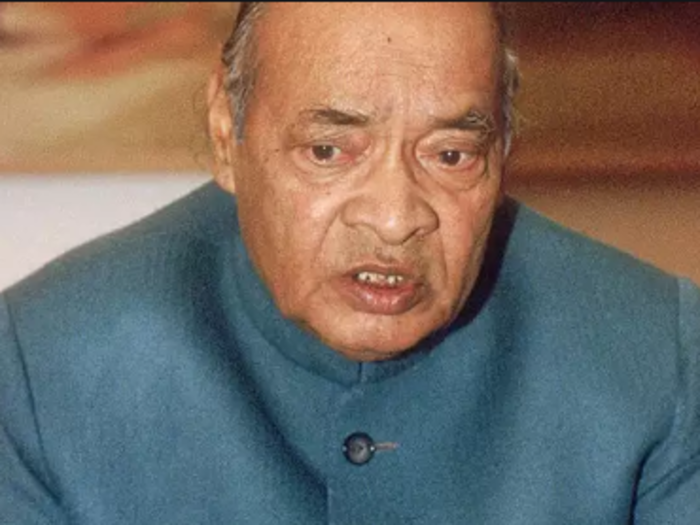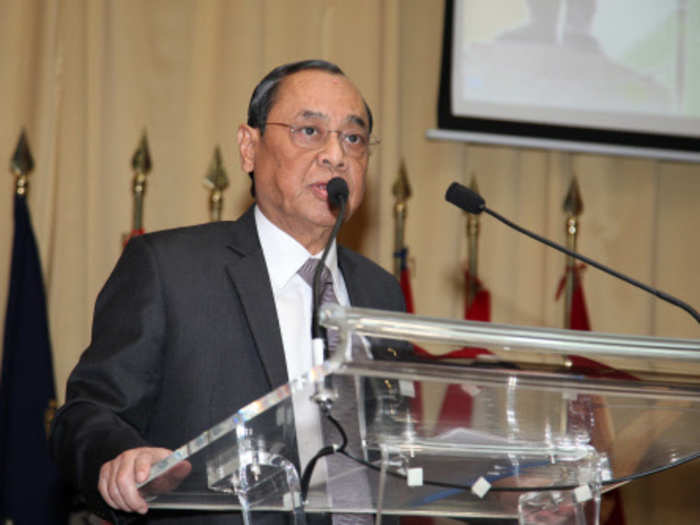- Home
- slideshows
- All the important milestones in the Ayodhya case since 1992 leading up to the Supreme Court verdict
All the important milestones in the Ayodhya case since 1992 leading up to the Supreme Court verdict
December 16, 1992: Liberhan Commission

January 7 1993: Government takes over disputed site

The disputed site was already placed under the control of the state government according to a Faizabad civil court verdict in 1961.
In Jan 1993, Prime Minister Rao issued an ordinance acquiring 67.7 acres of land— the disputed site and adjoining areas— and later it was passed as a law, Acquisition of Certain Areas at Ayodhya Act, 1993, to facilitate the acquisition of land by the central government.
October 24, 1994: Ismail Faruqui case judgement

While turning down an appeal against the acquisition of the disputed land by the Centre, the Supreme Court— 2 out of the 3 judges on the bench— held that a mosque is not an essential part of the Islamic religious practice and namaz (prayer) by Muslims can be offered anywhere. No one appealed against this judgement.
April 2002: The hearing in the Ayodhya title dispute begins

A three-judge bench at the Allahabad High Court began hearing the arguments in the title dispute at Ayodhya. Based on the court’s order, the Archeological Survey of India (ASI) started excavating the site in March 2003 to check if there are signs of any temple before the construction of the mosque. The ASI report suggested evidence of a 10th century temple at the site, which the Muslim organisations disagreed with.
September 30, 2010: The Allahabad High Court verdict

The Lucknow bench of the Allahabad High Court ruled that the disputed land should be divided into three equal parts between the Nirmohi Akhara, Lord Ram the deity represented by Triloki Nath Pandey (an RSS volunteer and Vishva Hindu Parishad functionary), and the Sunni Waqf Board. Subsequently, all three parties appealed against the verdict.
May 2011: The Supreme Court steps in

The Supreme Court under Chief Justice RM Lodha ordered a stay on the Allahabad High Court verdict saying that none of the parties had sought a partition of the disputed property. The case progressed slowly until March 2017 when Chief Justice JS Khehar advised an out-of-court settlement between the parties since the issue was “highly sensitive”.
August 2017: A new bench takes over at SC

The three-judge bench of the Supreme Court comprising Chief Justice Dipak Misra, Justices Ashok Bhushan and Abdul Nazeer decided to hear the 13 different appeals against the Allahabad High Court verdict together. The hearing began on December 5, 2017, exactly 25 years after the Babri Masjid demolition.
Feb to Sep 2018: Ismail Faruqui case returns but in vain

The appellants from the Muslim side wanted to refer the Ismail Faruqui case verdict to a larger bench nearly 24 years after the judgement. But the Supreme Court turned it down but clarified that it will never have any impact on the pending title suits.
October 2018: Another SC bench takes over

The Supreme Court listed the case before a three-member bench consisting of Chief Justice Ranjan Gogoi and Justice SK Kaul and Justice KM Joseph. However in January 2019, CJI Gogoi used his administrative powers to list the matter before a 5-judge Constitution Bench, overturning the earlier judgement.
March 8, 2019: Supreme Court orders mediation

After 2 days of hearing, the Constitution Bench orders a court-monitored mediation despite the objection from some key parties. The mediation is set to end in mid-May 2019.
Retired Justice Fakir Mohamed Ibrahim Kalifulla is appointed the Chairman of the mediation panel and Sri Sri Ravi Shankar of the Art of Living Foundation and Senior Advocate Sriram Panchu become the other two members.
October 16: Court reserves verdict

The mediation panel submitted its report in a sealed cover to the Supreme Court bench on October 16, 2019 and on the same day the bench reserved its verdict to be declared any time before CJI Gogoi’s scheduled retirement on November 17.
Popular Right Now
Popular Keywords
Advertisement